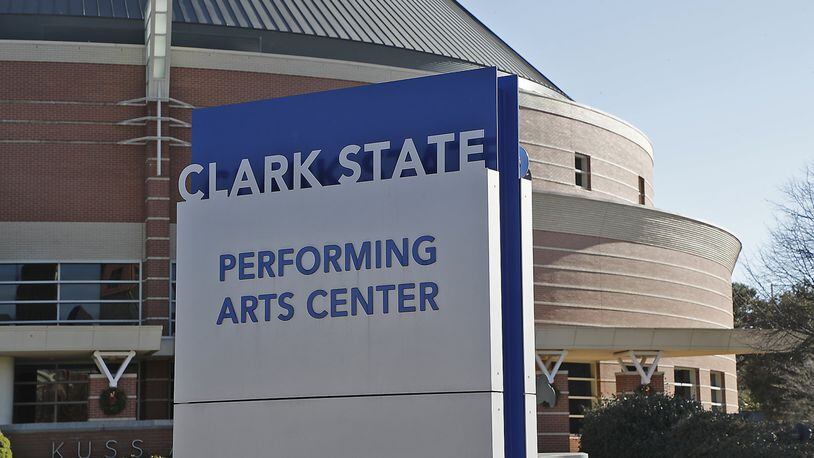MORE BUSINESS NEWS: $36M sought for Clark, Champaign projects, including drone research
But Blondin said this time, staff also counted the college’s impact on Champaign, Greene and Logan Counties, where Clark State also offers services.
“We have been tracking and paying attention to our impact in our four-county service area, instead of just Clark County,” Blondin said. “That is something we track and we’re very cognizant of economic impact in our service area because we know that we are aligning our programs with workforce needs in those areas. This helps Clark State verify we are aligning the workforce needs in the various communities with our own services.”
MORE: Cordray in Springfield: Lawmakers at war with local governments
Clark State is a significant employer in the region, directly supporting 1,482 jobs and indirectly supporting an additional 425 full and part-time jobs in the four-county region, according to the study.
“Clark State is an incredible workforce and economic development partner in Springfield and Clark County,” said Horton Hobbs, vice president of economic development for the Chamber of Greater Springfield. “Their aggressive approach to curriculum development and corporate training have become a hallmark of our successes with job growth.”
RELATED: Clark State VP resigns after 4 months, ‘not connecting well’ with job
The study will also assist Clark State’s strategic planning process, and serve as one way to evaluate whether the college is developing programs that benefit the communities it serves, she said.
“The other way we use this is to demonstrate the investment that the communities and our students are making, and that there is a return on that investment,” Blondin said.
The study showed the bulk of jobs supported by Clark State result from students spending in the local economy. It also provided about $1.8 million in gross tax revenues for local governments and about $6.1 million for the state of Ohio in 2016, the SOCHE study showed.
DETAILS: Clark State plans 4-year degree in manufacturing to meet job demand
Blondin said enrollment at Clark State has grown from a little more than 5,000 students in 2011 to about 6,400 students last year. Clark State’s full-time workforce grew by about 20 full-time positions since the last study was conducted, but the college has also hired more part-time staff and adjunct faculty to assit with the increase in enrollment.
By the numbers:
$96M — Clark State’s economic impact in 2011
$161 — Clark State’s economic impact in 2016
1,482 — Jobs directly supported by Clark State
435 — Jobs indirectly supported by Clark State
Source: Southwestern Ohio Council for Higher Education
The Springfield News-Sun will continue to provide unmatched coverage of higher education in Clark and Champaign Counties. For this story, the paper spoke to local officials about a recent report that showed Clark State’s economic impact spiked between 2011 and 2016, largely due to the college’s emphasis on tracking and recording its impact.
About the Author
